Navigation
Install the app
How to install the app on iOS
Follow along with the video below to see how to install our site as a web app on your home screen.
Note: This feature may not be available in some browsers.
More options
You are using an out of date browser. It may not display this or other websites correctly.
You should upgrade or use an alternative browser.
You should upgrade or use an alternative browser.
saltwater aqarium
-
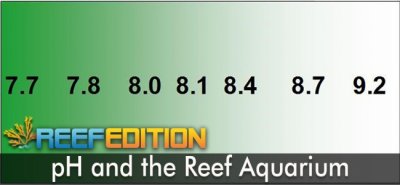
pH And The Reef Aquarium
For many aquarists, pH is not something that they have much experience with aside from their aquarium. For many, pH is almost a black box measurement: something to be considered, but whose physical meaning makes little sense to them. This article will describe pH in an intuitive way (as...- Randy Holmes-Farley
- Article
- 23 min read
- alkalinity randy holmes-farley reef aquarium reef chemistry reef tank rhf saltwater saltwater aqarium
- Comments: 2
- Category: Reef Chemistry
-
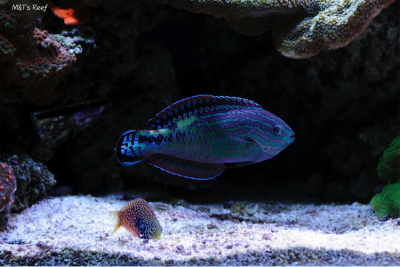
Super Star Of The Reef: The Blue Star Leopard Wrasse–Macropharyngodon bipartitus
Male and female Macropharyngodon bipartitus in the author’s aquarium. The Blue Star Leopard Wrasse, also referred to as the Divided Wrasse, Vermiculite Wrasse (as well as a few other common names) is one of thirteen species of leopard wrasse in the Macropharyngodon genus. As with most leopard...- Mike&Terry
- Article
- 5 min read
- bipartitus blue star leopard wrasse leopard wrasse macropharyngodon bipartitus reef safe wrasse reef tank saltwater aqarium saltwater fish terry lauderdale wrasse
- Category: Saltwater Fish
-
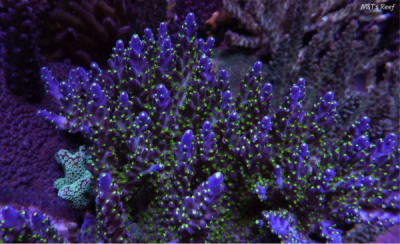
Acropora Secale: The Buff Beauty
Acropora secale is buff. It works out. Not like a “10 minutes on the treadmill” kind of work out, either. This coral is one of the most dense that I have ever kept in my system. It is a high-energy, high-output kind of coral. It obviously loves to consume high amounts of calcium and other ions...- Mike&Terry
- Article
- 3 min read
- acro acropora coral mike lauderdale reef tank saltwater aqarium sps sticks
- Category: SPS Corals
-
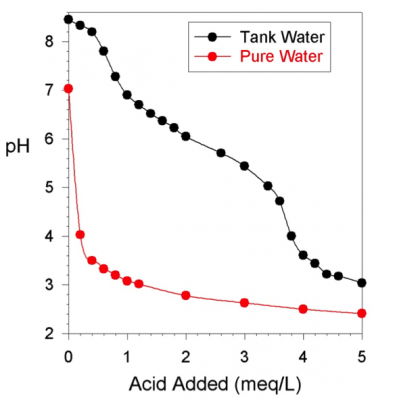
What is Alkalinity?
Most reefkeepers know they need to measure alkalinity, and most know it has something to do with carbonate. But what is alkalinity exactly? Why is it important? How is it measured? This article will answer those questions and give you all of the information that you need to fully understand one...- Randy Holmes-Farley
- Article
- 14 min read
- alk alkalinity randy holmes-farley reef aquarium reef chemistry reef tank rhf saltwater saltwater aqarium
- Category: Reef Chemistry
-
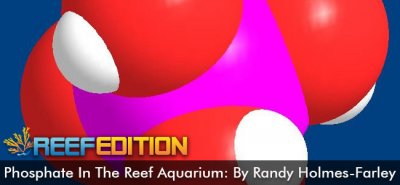
Phosphate in the Reef Aquarium
The phosphorus atom is one of living matter’s basic building blocks. It is present in every living creature and in the water of every reef aquarium. Unfortunately, it is often present in excess in reef aquaria and that excess has the potential to cause at least two substantial problems for...- Randy Holmes-Farley
- Article
- 29 min read
- phosphate po4 randy holmes-farley reef aquarium reef chemistry reef tank rhf saltwater saltwater aqarium
- Comments: 1
- Category: Reef Chemistry
-
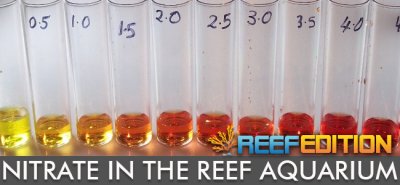
Nitrate in the Reef Aquarium
Introduction Nitrate is an ion that has long dogged aquarists. It is typically formed in aquaria through the digestion of foods, and in many aquaria it builds up and can be difficult to keep at natural levels. In the past, many aquarists performed water changes with nitrate reduction as one of...- Randy Holmes-Farley
- Article
- 23 min read
- nitrate randy holmes-farley reef reef aquarium reef chemistry reef tank rhf saltwater saltwater aqarium
- Comments: 1
- Category: Reef Chemistry
-
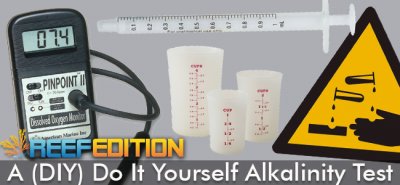
A DIY Alkalinity Test
Alkalinity is one of the most important measurements that a reef aquarist can make. It can become rapidly depleted in many aquaria, requiring frequent measurement in order to maintain stable levels. While hobby test kits for alkalinity can be simple to use, some aquarists find them either...- Randy Holmes-Farley
- Article
- 13 min read
- alk alkalinity diy do it yourself randy holmes-farley reef chemistry saltwater aqarium
- Comments: 2
- Category: Reef Chemistry
-
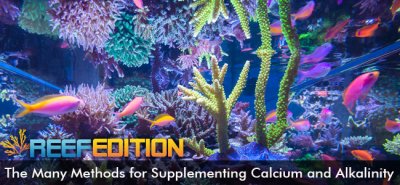
The Many Methods for Supplementing Calcium and Alkalinity
There is no aspect of reef aquarium chemistry more important than calcium and alkalinity. Many of my previous articles have described various aspects of these systems in detail. In reading those articles, aquarists will note one pervasive theme: that maintaining appropriate levels of each are...- Randy Holmes-Farley
- Article
- 29 min read
- 2-part alk alkalinity balling method cal calcium randy holmes-farley reef chemistry reef tank saltwater aqarium
- Category: Reef Chemistry
-
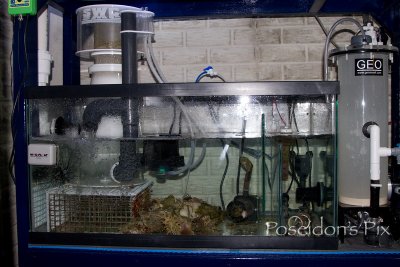
SUMPS - The Rundown
By definition a sump is a pit or hollow in which liquid collects, in particular. (Wiki). If you are new to the aquarium hobby, you may have heard the word sump before. In the aquarium hobby, and even in professional setups like those in zoos and public aquariums the use of a sump is by far the...- Reef News
- Article
- 7 min read
- aquarium plumbing filtration plumbing reef tank saltwater aqarium sump sumps
- Category: Aquarium Equipment
-
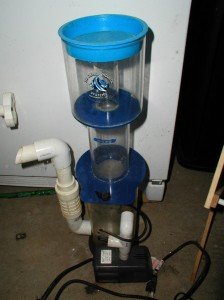
What Is A Protein Skimmer And How Does It Work?
When you go to the beach and “sea” foam, pun intended, you will also smell a very familiar odor. The ocean is a gigantic system of natural filtration and chemical dosing. Today we will focus on the filtration factor. Protein Skimming! First off, what on Earth is protein skimming and why do we...- Reef News
- Article
- 4 min read
- marine fish protein skimmer reef aquarium reef tank saltwater aqarium
- Category: Aquarium Equipment












